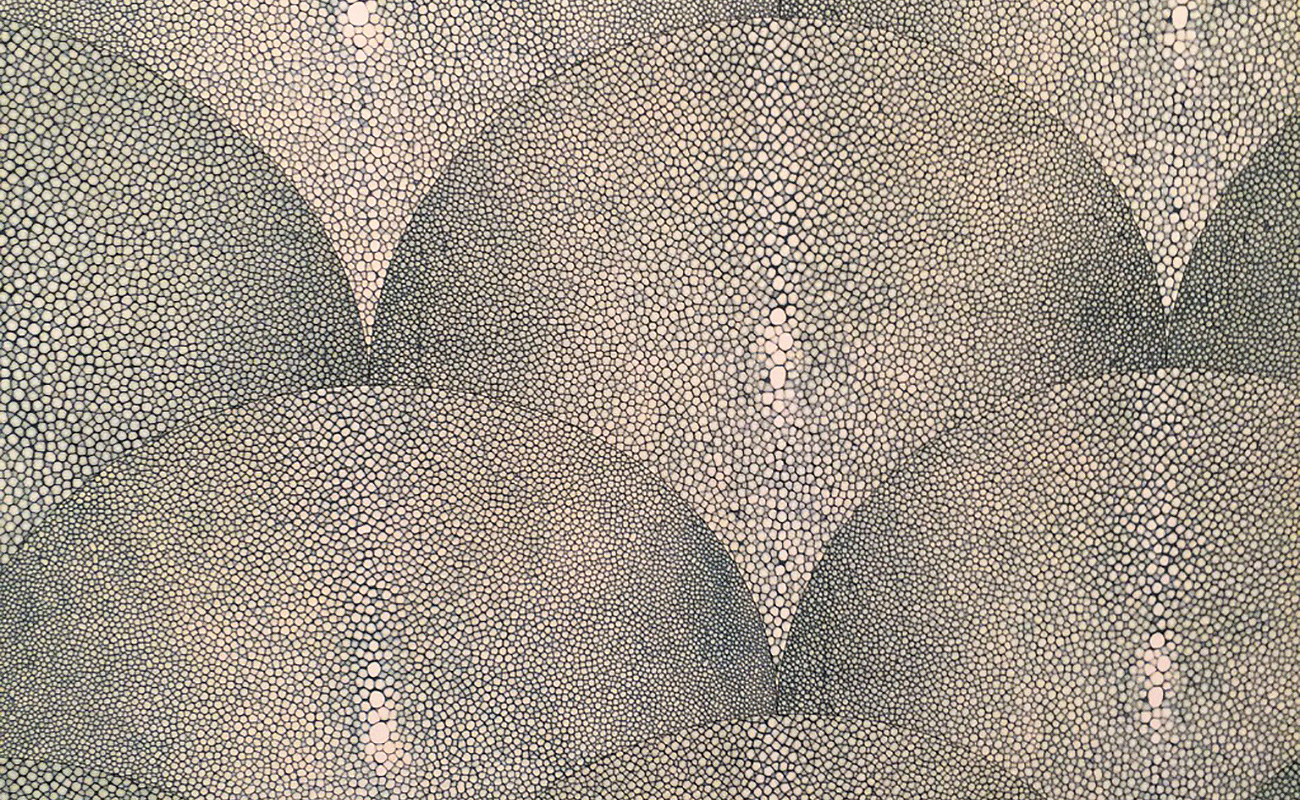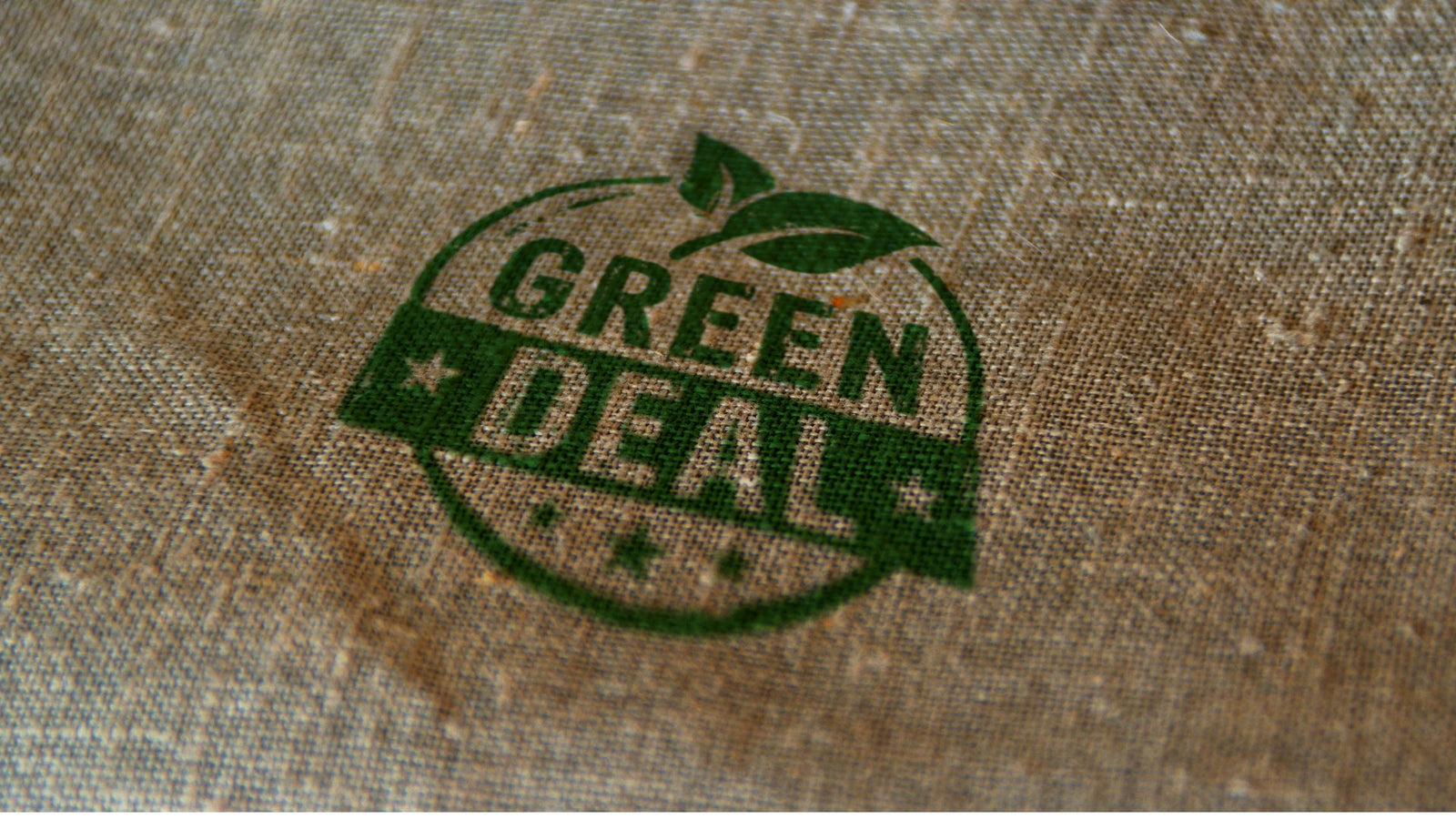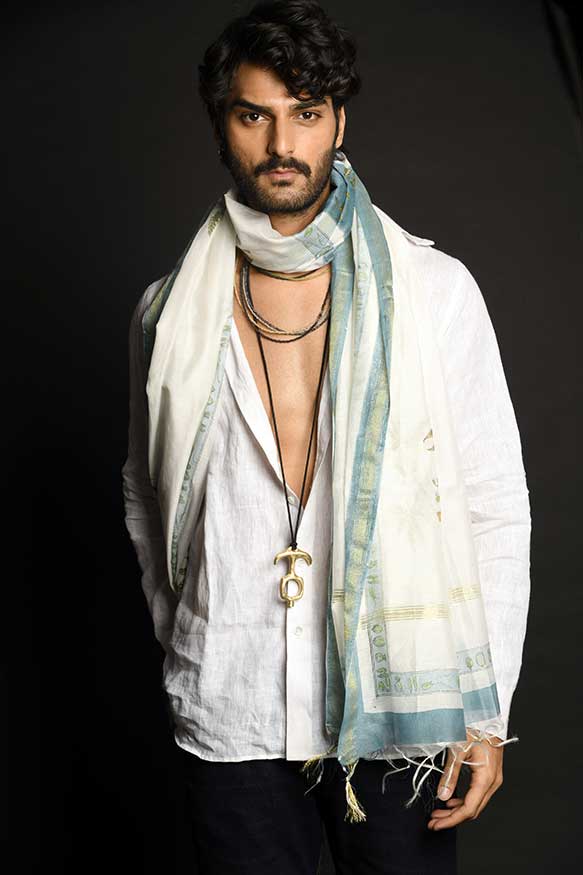HUMAN HANDS AND SKILL ALONE TRANSFORM SHAGREEN INTO OBJECTS COVETED FOR THEIR TEXTURE, COLOR AND UNIQUENESS.
Throughout the years, few materials are as storied, romantic, exotic and desirable to tastemakers as shagreen. Beloved by Japanese samurai, French queens and influential modernist designers alike, shagreen’s allure is all the more beguiling because it starts off humbly. Conventionally, fine decorative objects are embellished with gold, silver, gemstones and other universal stores of value. Shagreen’s desirability originally arises from a completely different place—by fitness-for-purpose in the warrior arts. Human hands and skill alone transform shagreen into objects coveted for their texture, color and uniqueness.




WHAT IS SHAGREEN?
Shagreen comes from the cartilaginous skins of stingrays, dogfish and sharks. The version used in high Deco came from a certain kind of stingray with a distinctive pearl-patterned skin. This type of ray differs from other types in several ways. It is covered with a unique, protective layer of tiny round “pearls” or "beads". The pebbled texture is smaller and finer on this ray’s wings at the perimeters.
The extraordinary texture is maximized when the ray leather is sun-dried rather than tanned. The small, flat pearls ombre in size and color into larger pearls towards the center of the back, finishing in a distinctive "eye" that is usually the focus of decorative objects.
SHAGREEN’S HISTORY
Shagreen has been revered as a luxurious decorative material for at least as far back as the Han Dynasty in 202 BC. Shagreen was central to Asian martial arts for the advantages it gave in battle. Applied to sword or bow handles (and decorative hilts), it was a durable, natural, warrior, "masculine" material that stood up to battle conditions. The pebbled texture helped troops keep a grip in sweaty combat.
Samurai armaments had a shagreen moment in the Middle Ages. Louis XV is said to have bought shagreen objects frequently for his mistress Madame de Pompadour. In the 1800s, fashionable Turkish fighters still admired it enough to use on battle swords. I know of few (if any) other humble materials that can claim the admiration of tastemakers in many fields, for over 2,000 years.
PARIS IN THE 20S: DECORATING FOR THE LOST GENERATION
Let’s dive into shagreen’s modern expressions. It should not surprise anyone that modernism has always been mashed-up with utopianism and politics. If you regard modernism in light of the times, you’ll recognize as Gertrude Stein did, that that the horrors of WWI were the freshest of memories and many rejected pre-war values.
Marxism, socialism, communism and other utopian ideas were still regarded as hopeful and modern, because they had not yet congealed into oppression. In Europe today, these ideas still win elections. In the 20s, these movements would have been very hard to avoid. Even the richest client would not be immune and, more likely, have embraced change, especially in the arts.
How did modernism change decoration and design? There was a belief among intellectuals that historical things were oppressive by their very nature. At the very least, historical rooms with ormolu fixtures and fittings must have looked dated and out of place in a modern, post-war world. Put simply, war changes the eye.



MAKE NO MISTAKE, RICH PEOPLE STILL WANTED HIGH QUALITY, LUXE INTERIORS. BUT, THEY VALUED ARTISTS AND FINE THINGS THAT DIDN'T REMIND THEM OF RECENT WARS AND REVOLUTION.
Designers and clients would have known about global movements like Charles Rennie Mackintosh's innovations in Scotland and India's Khādī independence movement. Make no mistake, rich people still wanted high quality, luxe interiors. But, they valued artists and fine things that didn't remind them of recent wars and revolutions.
If designers and clients were searching for solutions to the new constraints, shagreen tics all the boxes. Radical new forms were possible. The leading designers, like Jean-Michel Frank proposed different ways to express luxury that did not carry the weight of history. New materials like aluminum and technical innovations meant that the objects of daily life could be lighter, thinner, flatter and more transparent. Put simply, everything could be made to look differently than was possible previously.
These innovations powered new silhouettes and fabrications, which were recognized at the time as being expressions of utopian ideas. In competent hands, shagreen provided quieter pleasures like texture, color, sheen and pattern variation. No wonder shagreen became so closely associated with the creative output of top designers.
At this point, it should surprise no one that modernism and especially Art Deco, brought conceptual twists to traditional crafts like shagreen. Shagreen requires high technical skills to become flat and stable for use in decorative arts. The same material that gives practical advantages in war can be polished (sanded, really) very flat to cover furniture and decorative objects with beautiful results.
NOTED PRACTITIONERS
Here is a list of major designers who explored the decorative potential of shagreen by fusing the French tradition of luxury with exotic materials. Their attention firmly sets shagreen in the Art Deco: Clément Rousseau, Adolphe Chanaux, André Groult, Paul Iribe, Jacques-Emile Ruhlmann and Jean-Michel Frank). Later designers like Karl Springer keyed off the work of earlier masters to keep shagreen alive, if only in interior design circles.
DESIGN BY JEAN-MICHEL FRANK, HERMES AND UNIDENTIFIED OTHERS. IMAGES FROM SOETHEBY'S AND THE BRITISH MUSEUM.






